- The Animal Welfare Act (2018:1192).
- Directive 2010/63/EU of the European Parliament and of the Council of 22 September 2010 on the protection of animals used for scientific purposes.

Ending animal testing
Animals used in testing have the ability to experience and to suffer. For this reason, animal testing is unacceptable. Project 1882 wants to influence the situation of animals used in animal testing through awareness campaigns, forming public opinion and political influence.
In animal testing, many animals are subjected to varying degrees of pain and suffering. This can be the case even before they are used in experiments. Breeding and genetic manipulation can result in animals being born with diseases and/or deformities. Almost all animals used in animal experiments die as a result of the experiments or are killed at the end of the tests.
This is what Project 1882 is doing to phase out animal testing:
- We put pressure on politicians to invest more money in animal-free research and for European countries to adopt national courses of action to phase out animal testing.
- We inform the public about the animal tests that are carried out and about the alternative methods that are available.
- We lobby for stronger legislation against animal testing at national, global and EU level.
- We work to ensure that companies and government agencies make good decisions that will lead to a reduction in animal testing.
- We campaign for fewer animals to be used in experiments.

On this page
The problems of animal testing
Excessive pain, suffering, infection and disease are some of the problems animals face in animal testing.

Pain and other suffering
In animal testing, many animals are subjected to varying degrees of pain and suffering. This may begin even before they are used in testing. Breeding and genetic manipulation can result in animals being born with diseases and/or deformities.

Infections and diseases
Infections that cause severe disease or death, testing the effectiveness of vaccines, cancer trials that progress to advanced stages, inducing severe disease states, breeding animals with genetic diseases that are expected to result in significant and permanent impairment of their general condition.

Usually results in death
Almost all animals used in animal testing die as a result of the tests or are killed at the end of the tests. Some animals also become ill and die as a result of the poor conditions in which they are forced to live.
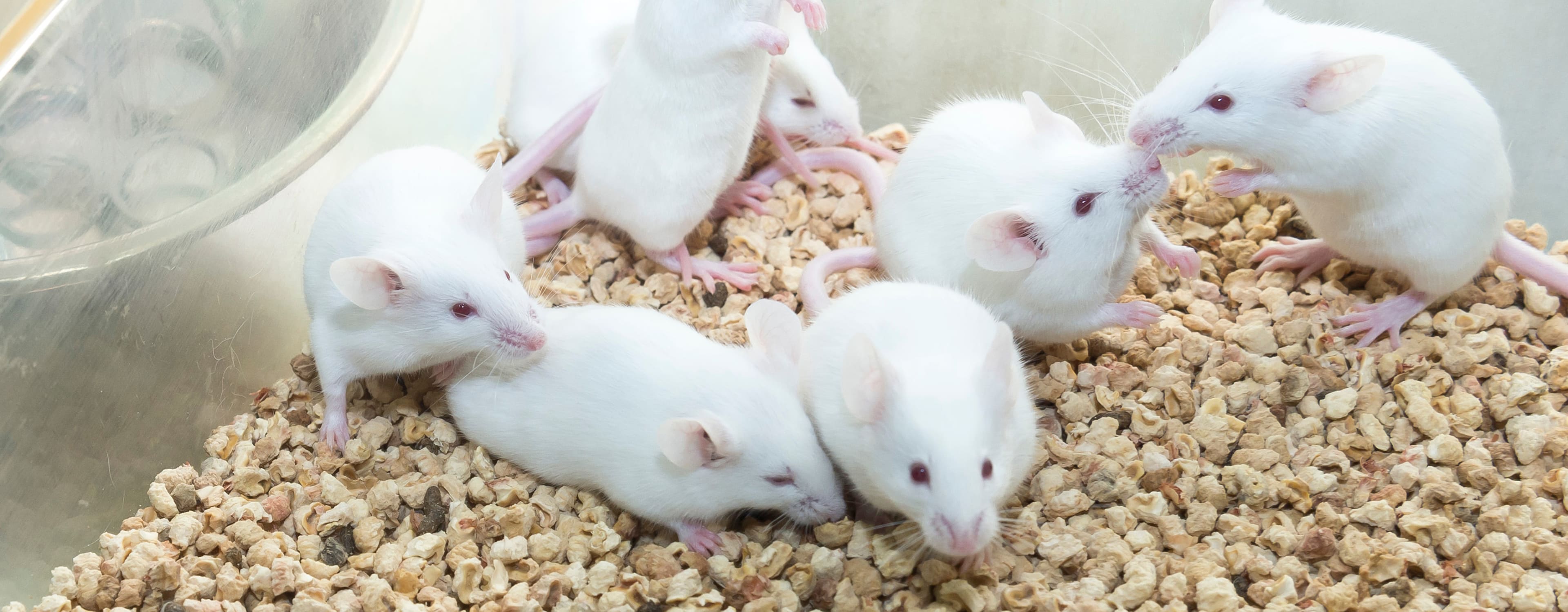
What is animal testing?
The EU definition of animal testing is a bit restrictive, which means that many of the experiments defined as animal experiments in some member states are not animal experiments according to the EU definition. The Swedish definition of animal testing is based on if animals are used or not, regardless of type of use.
Animal experiments are regulated by Directive 2010/63/EU of the council and of the European Parliament on the protection of animals used for scientific purposes and in national legislation in member states.
The legislation states that it is permitted to use animals in animal experiments and to cause them suffering, if the person performing the animal test has a permit to perform animal testing. In some countries, the specific testing need to be approved by the Animal Testing Ethics Committee.(1)
Animals used in animal testing are like other animals; they experience pain and other forms of suffering and they must be able to perform natural behaviors.
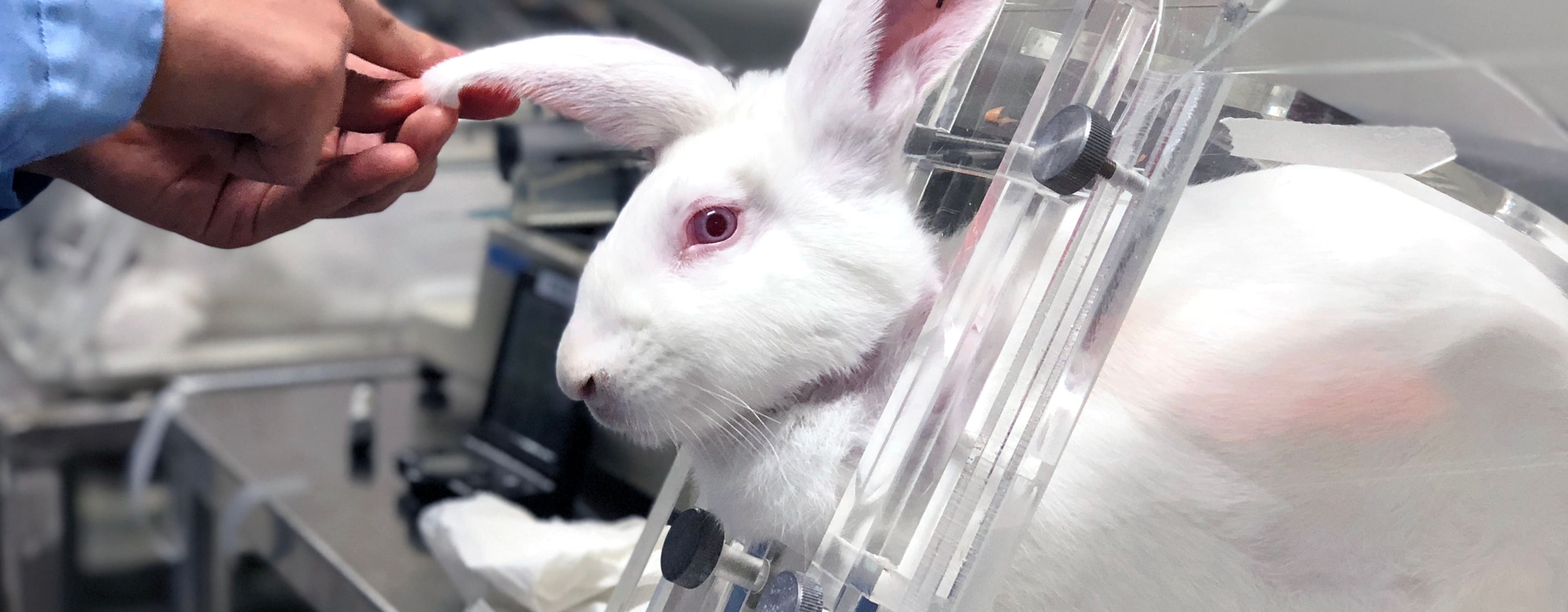
The Swedish definition of animal testing
Both the Swedish definition and the EU definition cover experiments on mammals, birds, reptiles, amphibians, fish, crustaceans and cephalopods. When animals of other classes are used in experiments, such as insects, they are not defined as animal experiments according to the EU definition.
According to the Swedish Animal Welfare Act, with the exception of teaching, it is the use of animals in research that determines whether it is defined as an animal test, and not whether or what suffering is caused.
According to the Swedish Animal Welfare Act, animal testing is when animals are used for:
- Scientific research.
- Disease diagnosis.
- Development and production of medicine or chemical products.
- Teaching, if the use involves killing the animal, subjecting it to surgery, injection or blood sampling or causing or risking suffering to the animal.
- Where animals are used to produce animals with altered genetic material, if genetic engineering, chemical or other similar methods are used.
- Preservation through breeding of a strain of animals with altered genetic material while maintaining the genetic characteristics of the animals in cases where animals may suffer.
The EU definition of animal testing
According to the EU definition, animal testing is only when animals are subjected to any form of painful procedure for research purposes.(2) Procedure means injection, surgery or any other intervention that causes pain, suffering, distress or lasting damage.
The EU definition will make some animal suffering go unregulated, such as sample fishing.

Pain and other suffering
In animal testing, a large number of animals are subjected to varying degrees of pain and distress. This may occur even before they are used in testing. Breeding and genetic manipulation can cause animals to be born with diseases and/or deformities. Almost all animals used in animal testing will die as a result of the testing or will be killed at the end of the tests.
Examples of experiments that cause severe pain and other suffering include exposing animals to:
- infections that cause them to become seriously ill or die,
- testing the effectiveness of vaccines,
- cancer studies that progress to advanced stages,
- inducing severe medical conditions (such as painful joint disease or MS-like disease) without providing pain relief or other forms of mitigating treatment; breeding animals with genetic diseases that are expected to result in significant and permanent impairment,
- forced swimming or physical exercise to the point of exhaustion,
- toxicity tests that are conducted in such a way that animals die as a result of the test.(1)
Poisoning
Animals are sometimes made dependent on drugs such as amphetamines or cocaine and may suffer withdrawal symptoms. When animals are used in toxicity tests, they are not provided with any pain relief or other forms of mitigating treatment. Toxicity tests can cause different levels of distress depending on how they are conducted. Acute toxicity tests are designed to determine how high a dose of a substance the animal can tolerate and may be conducted in such a way that the animals die from the poisoning or the high dose. In other cases, these tests may be stopped at a certain stage, such as when the animal goes into convulsions or cannot be provoked into activity by touch.
Painful procedures
It is common for individuals to be subjected to measures or procedures that may cause severe suffering.(2)
There is strong resistance among many animal-using researchers to switch to methods that cause less suffering because of validity of the research. This is a major animal welfare issue. One example of inappropriate methods is orbital puncture blood sampling. This means that the blood sample is taken from the eye socket from a vessel behind the eye on mice and rats. There is a risk of damage to the eye, and this risk is increased if the sample is taken several times from the same animal, sometimes several times in a short period of time. There are other ways to obtain blood samples, but many animals are nevertheless still being subjected to repeated orbital punctures.
Poor environment and high mortality
There is also strong evidence that the cramped and barren environment of laboratory facilities is detrimental to animals and leads to increased mortality.(3)
Almost all animals used in animal testing die as a result of the tests or are killed at the end of the tests. There are some exceptions, such as patient animals used in veterinary experiments, animals used in some behavioral studies, and some wild animals used in testing. But these are not listed as animal testing in many EU member states.
- Directive 2010/63/EU of the European Parliament and of the Council of 22 September 2010 on the protection of animals used for scientific purposes.
- Commons K. G. et al. (2017) The rodent forced swim test measures stress-coping strategy, not depression-like behavior. ACS chemical neuroscience 8(5): 955–960.
- Cait J. et al. (2022) Conventional laboratory housing increases morbidity and mortality in research rodents: results of a meta-analysis. BMC biology 20(1): 1–22.
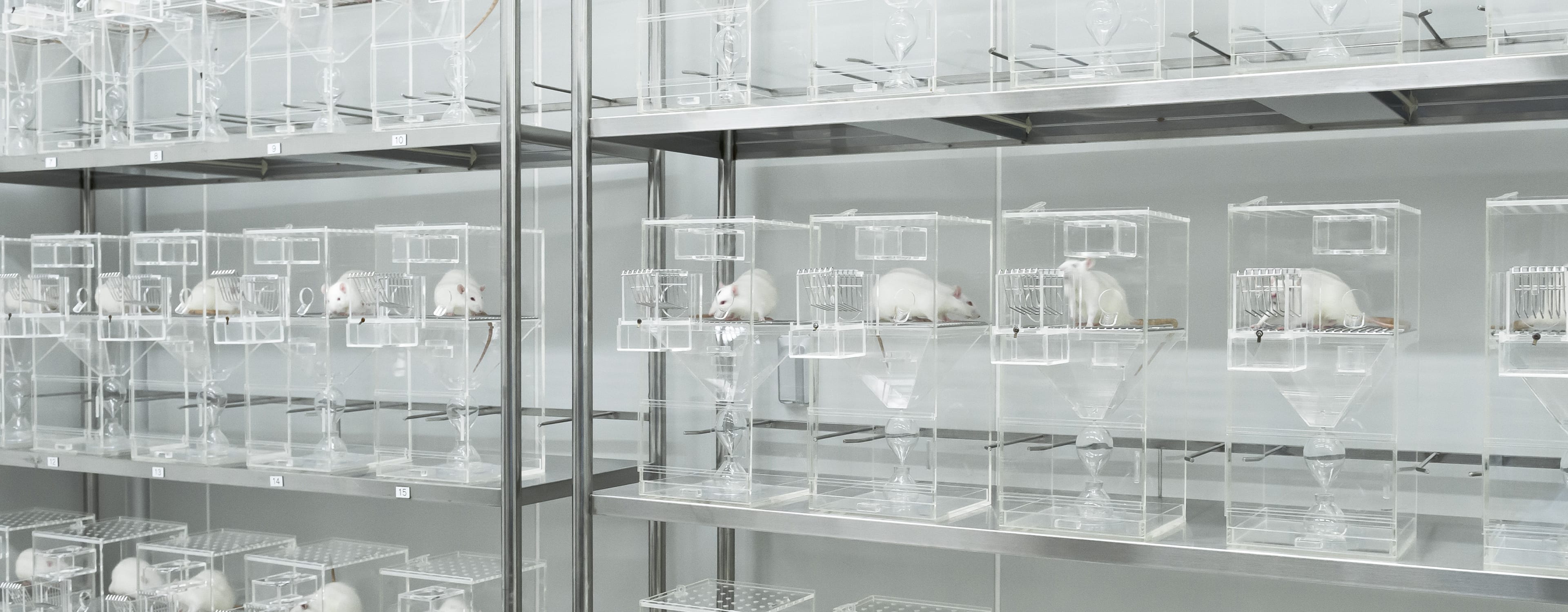
Animal testing in different areas
Animal testing is used in a variety of areas, read more about them and what they mean below.

Animals in education & teaching
Animals are used in the teaching of various courses at universities and colleges and in some secondary schools (nature schools). This often involves experiments on sedated animals or animals that have been killed for dissection or tissue testing. Animals are also used to teach animal handling.

Research
Basic and applied biological research accounts for a large proportion of animal testing in the EU. There is a great deal of variation in what the animals are exposed to. It can range from killing animals and then performing experiments on tissues or organs, to subjecting animals to severe and prolonged suffering as a result of disease, injury and/or administered substances.

Research on animal diseases
Animals are used in research on animals and animal diseases. Tests are conducted on animals used by humans in animal factory farms, such as cows, pigs and chickens. The tests focus on diseases and animal husbandry, but also on increased production. Experiments are also conducted on the diseases of pets, both patient animals and laboratory animals kept in institutions. Wild animals are also used for research and may be captured and sedated, tagged with transmitters and sampled.

Biological production, such as antibody production
Animals are used in the production of biological products. For example, in antibody production, rabbits, mice, or other animals are injected with the substance to which antibodies are desired, along with substances that irritate the tissue. Blood is taken from the animals, often repeatedly.

Testing drugs, chemicals, and other substances
Drugs, chemicals and many other products are tested on animals. Animal testing is often required by government agencies. There are many different types of tests, such as acute toxicity (how poisonous the substance is), reproductive toxicology (how the substance affects reproduction) and experiments to study how a substance is absorbed into the body and how it leaves the body. For example, the substance may be administered to the animals by probe (force-feeding), injection, forced inhalation, on the skin, in the eyes, or in the water (for fish). Various samples may be taken from the animals during the tests, often several times.

Cosmetics and hygiene products tested on animals
Animal-tested cosmetics and toiletries should be banned in the EU, but in practice there are several loopholes. There are no restrictions yet for household products. The rules on animal-tested cosmetics and toiletries in the EU are complex. There are several pieces of legislation, sometimes overlapping, which adds to the complexity. In short, there is a ban on animal testing and the sale of new animal-tested products in the EU.

Test fishing and fish-tagging
Test fishing involves catching fish to monitor fish stocks. This is done as required by the EU and to provide data for reports by the International Council for the Exploration of the Sea. Test fishing is also carried out by county councils and fishery management associations to follow up on an environmental action. The methods used may include net fishing, fyke nets or blasting. Test fishing causes suffering to animals. Another method of controlling fish stocks is to catch, tag and release fish. For example, electric fishing may be used as a catching method.

Instead of animal testing
Research is needed to develop alternative methods to replace animal testing to a greater extent than is currently the case.
Such methods may be based, for example, on:
- cell cultures,
- genes and cell fragments,
- lower organisms (such as bacteria, yeast, algae, fungi and plants),
- chemical analysis methods,
- computer models, mathematical models,
- tests on human volunteers and experiments on dummies.
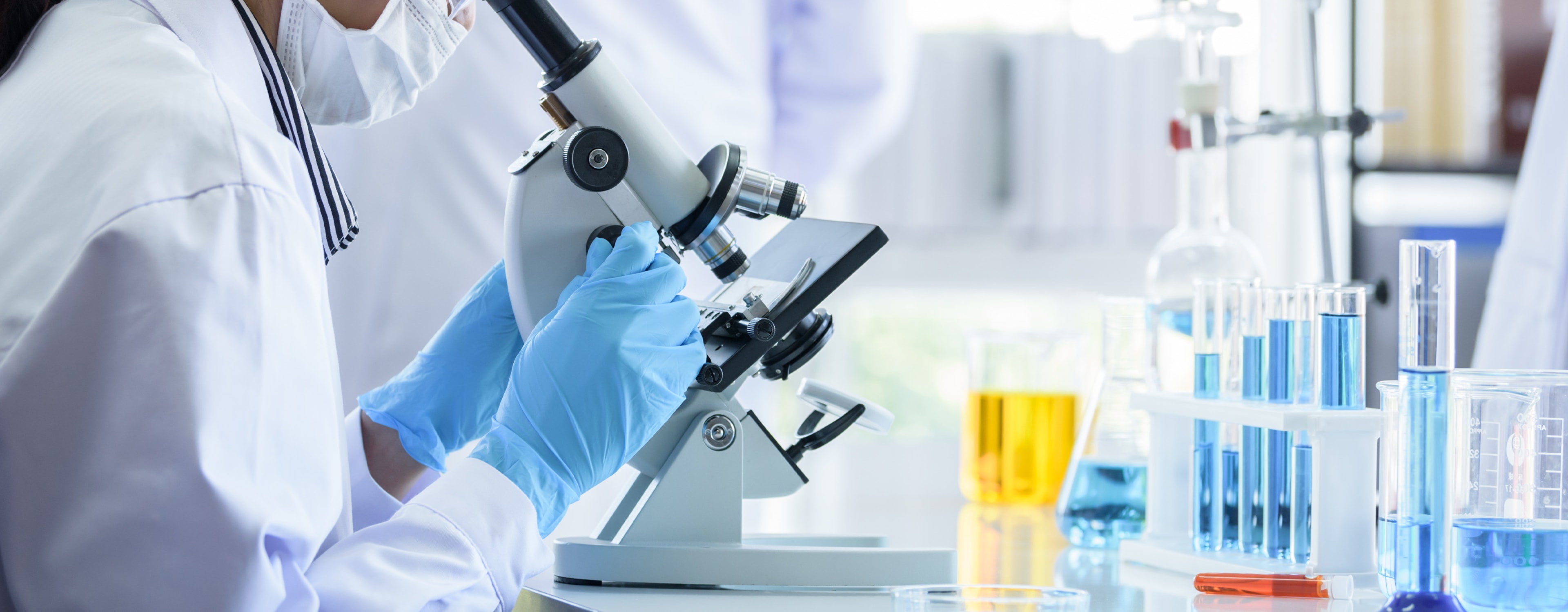
More research into animal-free methods needed
More research is needed to develop alternative methods that can replace animal testing to a greater extent than is currently the case. As it is very expensive to develop and evaluate new methods, special attention must be paid to it.
An example of the needs in a member state is Sweden. The annual funding is today SEK 15 million, and the needs are at least SEK 150 million.
Resources are available but the will is lacking
Member states in the EU invest many billions in research and development. Lack of money is not the reason why governments invest so little in developing alternatives to animal testing. It is a lack of will to do so. That could be changing in line with the Save Cruelty Free Cosmetics citizen’s initiative in the EU and the promises that the EU commission made in 2023. But that is only because of pressure from animal protection organisations such as Project 1882.
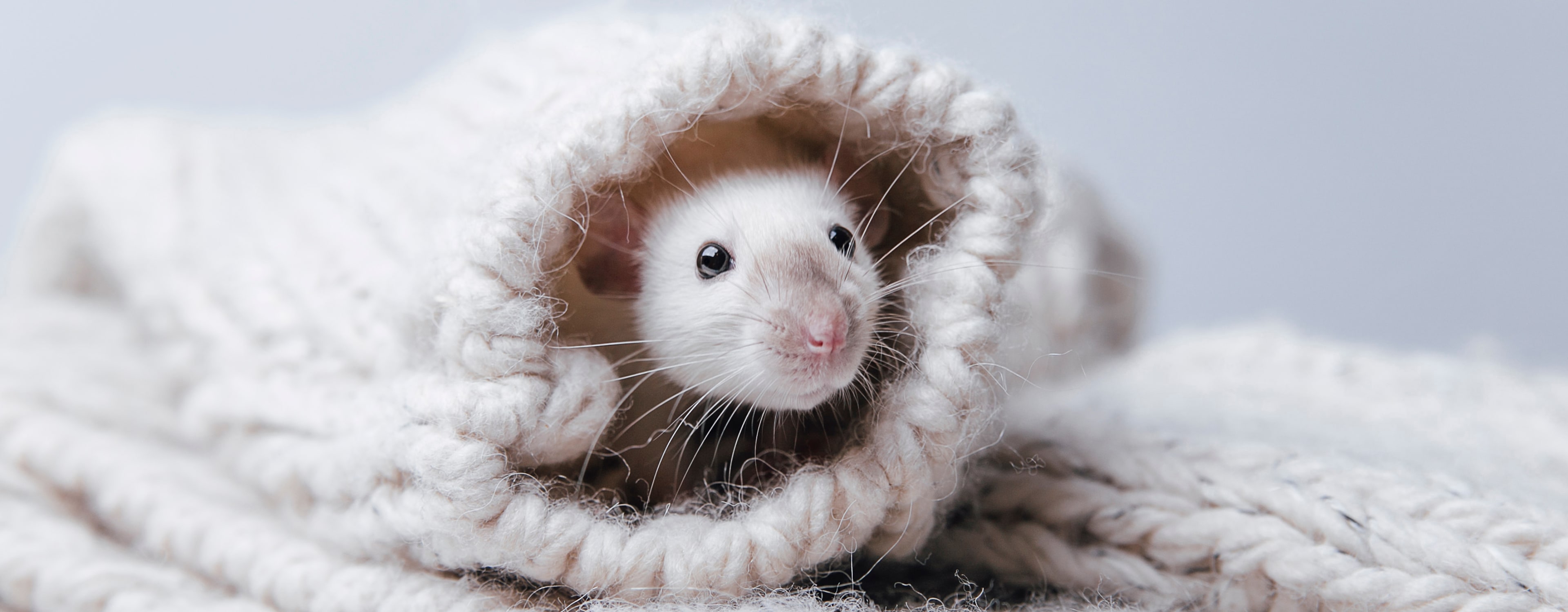
This is what we are working for
Project 1882 has been working to replace animal testing since 1882. We push for politicians to invest more money in animal-free research and for both member states and the EU to adopt action plans to end animal testing - once and for all.

National Action Plan
Member states should develop a comprehensive national action plan for the transition to animal-free research methods and action plans to reduce animal testing in different areas of research.

Increase funding for animal-free research
Government funding for the development and validation of alternative methods as a first step should be increased. An example of the needs in a member state is Sweden. It is needed to increase the annual funding from SEK 15 million to at least SEK 150 million.

Increase funding for the 3R Center
3R Centers working to replace, reduce and refine animal experiments across the EU should be fully funded, with finances specifically allocated for their operation. In the long term, the annual budget for funding the 3R Centers must be increased.
Help us in our work on behalf of laboratory animals
Since 1882, Project 1882 has been working to replace animal testing with completely animal-free methods. Support us in our work!